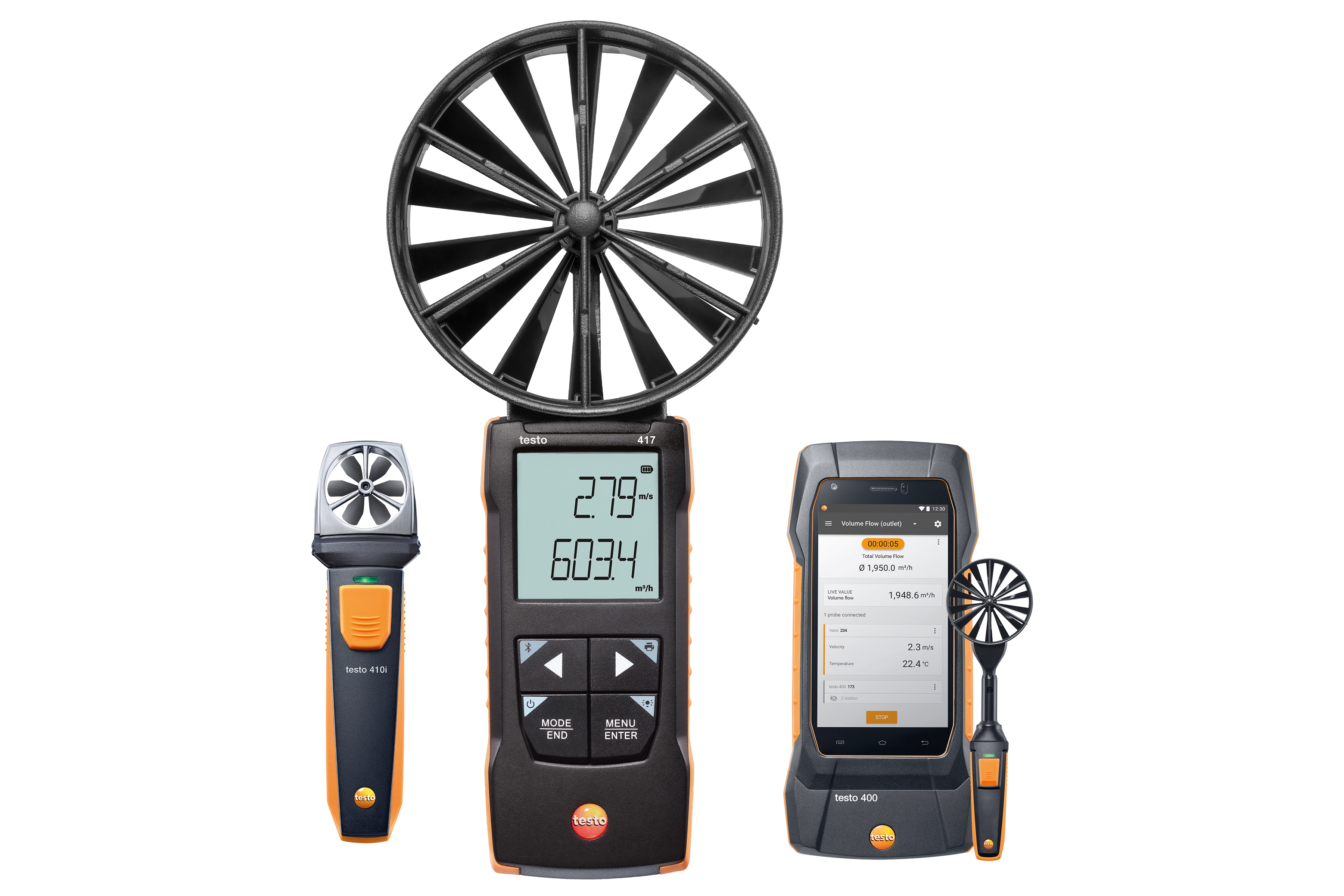How to Keep and Look After Your Anemometer to Make Certain Long Life
How to Keep and Look After Your Anemometer to Make Certain Long Life
Blog Article
Checking Out the Features and Advantages of Anemometers for Climate Fanatics and Specialists
From mug anemometers to sonic anemometers, each kind brings its one-of-a-kind collection of applications and benefits, dropping light on various aspects of climatic conditions. As we dive into the features and advantages of anemometers, a deeper understanding emerges not only of dominating weather condition phenomena yet likewise of the more comprehensive effects for fields like wind energy manufacturing and environmental study.
Relevance of Anemometers in Weather Surveillance
Anemometers play an essential function in climate surveillance by providing accurate measurements of wind rate, aiding in forecasting and understanding weather condition patterns. These tools, varying from traditional cup anemometers to modern ultrasonic anemometers, are vital for meteorologists, researchers, and weather condition lovers alike.

Types of Anemometers and Their Applications
With the essential duty anemometers play in weather condition tracking and forecasting, understanding the numerous kinds of these tools and their applications ends up being necessary for experts and enthusiasts in the area. One of the most typical kinds of anemometers include cup anemometers, vane anemometers, hot-wire anemometers, and ultrasonic anemometers. Cup anemometers consist of three or four mugs installed on straight arms that rotate with the wind, measuring its rate. Vane anemometers, on the other hand, use an openly revolving vane to line up with the wind direction, giving both wind rate and direction dimensions. Hot-wire anemometers operate based upon the principle of convective warmth transfer, where the cooling effect of the air flow is gauged to establish wind rate. Ultrasonic anemometers utilize ultrasonic acoustic wave to calculate wind rate and direction accurately.
Each kind of anemometer has its one-of-a-kind advantages and applications. Mug anemometers are robust and suitable for basic weather surveillance, while vane anemometers are favored for directional dimensions. Hot-wire anemometers are delicate to low air rates, making them excellent for indoor settings. Ultrasonic anemometers are non-intrusive and offer high precision, often utilized in study and specialized weather condition surveillance applications. Understanding the attributes and applications of each sort of anemometer is essential for choosing one of the most appropriate instrument for certain climate keeping an eye on demands.
Benefits of Making Use Of Anemometers in Forecasting
In meteorology, the usage of anemometers provides vital benefits for enhancing the accuracy of weather projecting. Anemometers gauge wind rate and direction, offering important data for predicting weather patterns. By including wind information into forecasting models, meteorologists can much better understand the movement of climate systems, expect modifications in atmospheric problems, and problem much more precise projections.
Additionally, anemometers play an essential role in evaluating possible weather threats. Checking wind rates assists forecasters predict extreme weather condition events such as hurricanes, tornadoes, and winter months storms with greater precision. This early caution system enables authorities to release prompt notifies and apply needed precaution, decreasing the threats to life and residential property.
Furthermore, anemometers aid in enhancing renewable power manufacturing. find out By examining wind patterns, meteorologists can recognize suitable locations for wind ranches and forecast energy outcome, adding to the efficient generation of wind power.

Anemometers in Wind Energy Manufacturing
Given the vital duty anemometers play in giving accurate wind data for weather condition projecting and danger assessment, their significance encompasses the world of wind power manufacturing. Anemometers are crucial instruments in the area of wind power, where the dimension of wind rate and direction is essential for figuring out the usefulness and performance of wind generator installations. By precisely determining wind speeds at varying heights, anemometers assist enhance the placement and design of wind turbines to maximize energy result.
In wind ranches, anemometers view are purposefully positioned to accumulate real-time wind information that is used to evaluate the potential energy manufacturing of a website. This information contributes in establishing the financial viability of wind energy jobs and in forecasting energy generation to make sure grid security. In addition, anemometers aid in checking wind problems to maximize generator efficiency, protect against damage from high winds, and make certain the safety of workers working in the area of wind generators.
Enhancing Weather Understanding With Anemometers

Anemometers play a key role in enhancing our understanding of microclimates. These local climate problems can differ dramatically from more comprehensive local forecasts, making it vital to have precise data for specific areas. anemometer. By purposefully positioning anemometers in numerous places, scientists can gather detailed information on just how wind acts in different terrains, city atmospheres, or bodies of water
Moreover, anemometers add to boosting weather condition forecasting versions by supplying real-time data on wind behavior. This details is specifically important for predicting extreme weather condition events, maximizing agricultural practices, and sustaining industries like aviation and maritime navigating. In general, anemometers are vital tools that allow us to delve much deeper into the intricacies of climate systems, eventually resulting in even more precise forecasts and better-informed decisions.
Verdict
In final thought, anemometers play an essential function in climate monitoring and forecasting by determining wind rate and instructions. Anemometers additionally have applications in wind power production, additional highlighting their relevance in both weather forecasting and renewable energy industries.
From mug anemometers to sonic anemometers, each kind brings its unique collection of benefits and applications, losing light on numerous facets of atmospheric conditions. These instruments, ranging from traditional mug anemometers to contemporary ultrasonic anemometers, are necessary for meteorologists, researchers, and climate lovers alike. The most common types of anemometers include cup anemometers, vane anemometers, hot-wire anemometers, and ultrasonic anemometers. Cup anemometers are suitable and robust for basic weather monitoring, while vane anemometers are favored for directional measurements. Anemometers are vital tools in the field of wind energy, where the measurement of wind speed and instructions is critical for determining the feasibility and efficiency of wind generator installments.
Report this page